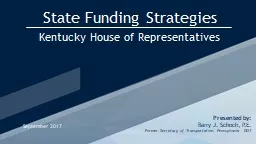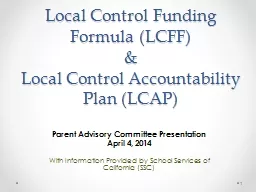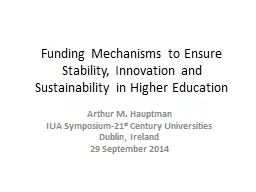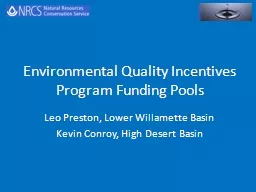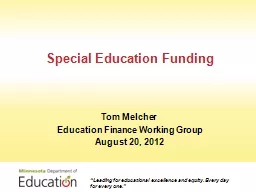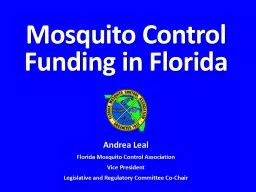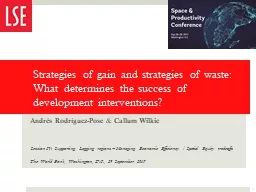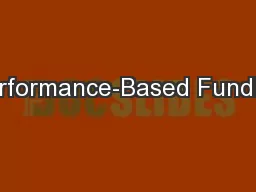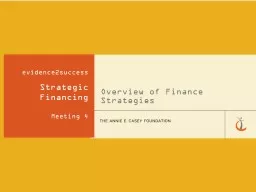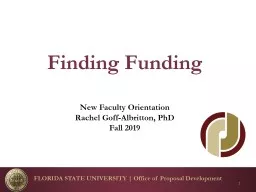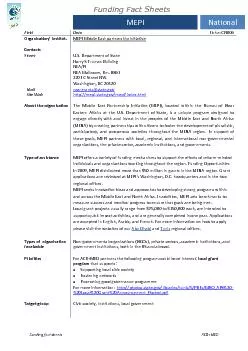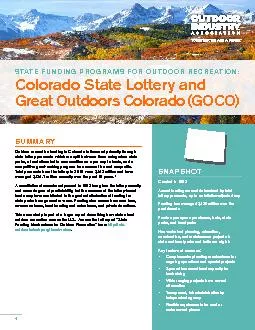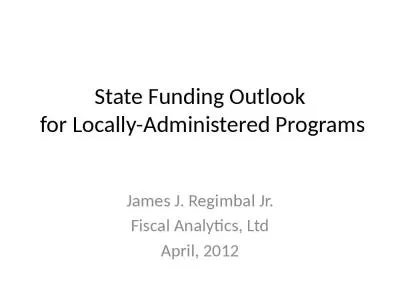PPT-State Funding Strategies
Author : gristlydell | Published Date : 2020-06-19
Kentucky House of Representatives Presented by Barry J Schoch PE Former Secretary of Transportation Pennsylvania DOT September 2017 States Take Lead in Transportation
Presentation Embed Code
Download Presentation
Download Presentation The PPT/PDF document "State Funding Strategies" is the property of its rightful owner. Permission is granted to download and print the materials on this website for personal, non-commercial use only, and to display it on your personal computer provided you do not modify the materials and that you retain all copyright notices contained in the materials. By downloading content from our website, you accept the terms of this agreement.
State Funding Strategies: Transcript
Download Rules Of Document
"State Funding Strategies"The content belongs to its owner. You may download and print it for personal use, without modification, and keep all copyright notices. By downloading, you agree to these terms.
Related Documents

